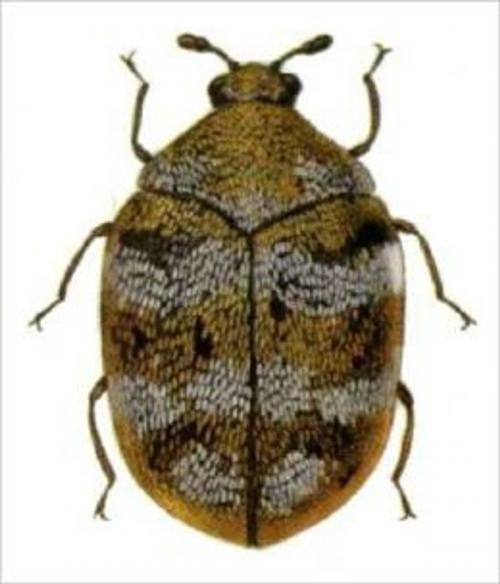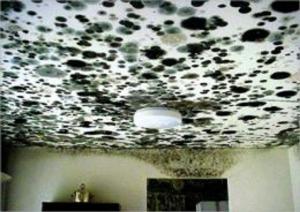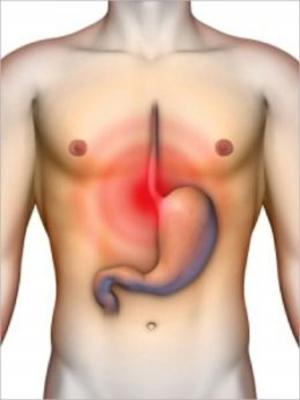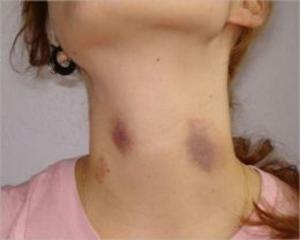A Crash Course on How to Get Rid of Carpet Beetles
Nonfiction, Science & Nature, Nature, Insects & Spiders, Home & Garden, The Home, Do It Yourself| Author: | Winston Thomas | ISBN: | 1230000104822 |
| Publisher: | Axel Publishing | Publication: | February 6, 2013 |
| Imprint: | Language: | English |
| Author: | Winston Thomas |
| ISBN: | 1230000104822 |
| Publisher: | Axel Publishing |
| Publication: | February 6, 2013 |
| Imprint: | |
| Language: | English |
A Crash Course on How to Get Rid of Carpet Beetles
Dermestidae are a family of Coleoptera that are commonly referred to as skin beetles. Other common names include larder beetle, hide or leather beetles, carpet beetles, and khapra beetles. There are approximately 500 to 700 species worldwide. They can range in size from 1–12 mm. Key characteristics for adults are round oval shaped bodies covered in scales or setae. The (usually) clubbed antennae fit into deep grooves. The hind femora also fit into recesses of the coxa. Larvae are scarabaeiform and also have setae.
Dermestids have a variety of habits; most genera are scavengers that feed on dry animal or plant material such as skin or pollen, animal hair, feathers, dead insects and natural fibers. Members of Dermestes are found in animal carcasses, while others may be found in mammal, bird, bee, or wasp nests. Thaumaglossa only lives in the egg cases of mantids, while Trogoderma species are pests of grain.
These beetles are significant in forensic entomology. Some species are known to be associated with decaying carcasses which help with criminal investigations. Some species are pests (urban entomology) and can cause extensive damage to natural fibers in homes and businesses.
They are used in taxidermy and natural history museums to clean animal skeletons. Some dermestid species, commonly called "bow bugs," infest violin cases, feeding on the bow hair.
Scroll up... and click on "Buy Now" to deliver almost instantly to your Kobo or other reading device.
A Crash Course on How to Get Rid of Carpet Beetles
Dermestidae are a family of Coleoptera that are commonly referred to as skin beetles. Other common names include larder beetle, hide or leather beetles, carpet beetles, and khapra beetles. There are approximately 500 to 700 species worldwide. They can range in size from 1–12 mm. Key characteristics for adults are round oval shaped bodies covered in scales or setae. The (usually) clubbed antennae fit into deep grooves. The hind femora also fit into recesses of the coxa. Larvae are scarabaeiform and also have setae.
Dermestids have a variety of habits; most genera are scavengers that feed on dry animal or plant material such as skin or pollen, animal hair, feathers, dead insects and natural fibers. Members of Dermestes are found in animal carcasses, while others may be found in mammal, bird, bee, or wasp nests. Thaumaglossa only lives in the egg cases of mantids, while Trogoderma species are pests of grain.
These beetles are significant in forensic entomology. Some species are known to be associated with decaying carcasses which help with criminal investigations. Some species are pests (urban entomology) and can cause extensive damage to natural fibers in homes and businesses.
They are used in taxidermy and natural history museums to clean animal skeletons. Some dermestid species, commonly called "bow bugs," infest violin cases, feeding on the bow hair.
Scroll up... and click on "Buy Now" to deliver almost instantly to your Kobo or other reading device.















